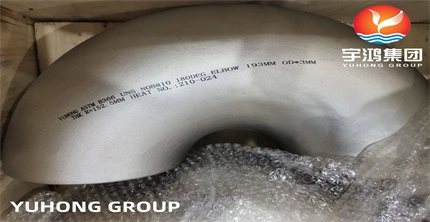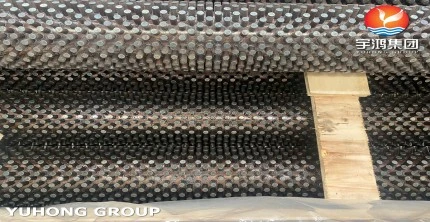What is the Intergranular Corrosion
In materials science, intergranular corrosion (IGC), also known as intergranular attack (IGA), is a form of corrosion where the boundaries of crystallites of the material are more susceptible to corrosion than their insides.Although metal loss is minimal, IGC can cause the catastrophic failure of equipment. IGC is a common form of attack on alloys in the presence of corrosive media that results in the loss of strength and ductility.
How is the It formed
Localized ICG corrosion at grain boundaries is caused by anodic dissolution in areas of weakened alloying elements, precipitation of second phases, or areas of alloying elements or isolated impurities. The remainder of the exposed surface typically acts as a cathode, with the larger cathodic area supporting the anodic dissolution process.
The ratio of cathode to anode is generally greater than one. It depends on factors such as volume fraction and distribution of electrochemically active phases, distribution of harmful alloying elements and impurity elements, and grain size.
The corrosion rate depends on the dominant corrosion mechanism, while factors such as the diffusion of species across the anodic front can control the dissolution kinetics. A notable feature of the IGC is the development of a relatively even and even depth of attack. Dissolution of the grain boundaries causes degranulation of the grains, commonly referred to as grain exfoliation. Grain shedding is responsible for most of the weight loss observed after IGC exposure, so the corrosion rate may be several orders of magnitude higher than general corrosion.
Materials Commonly Affected
Intergranular corrosion attack is mainly prevalent in certain types of stainless steel rather than in carbon steel.
The unstable 304 and 316 austenitic stainless steels used in chemical plants are vulnerable to IGC when used in the sensitization stage.
Nickel-copper alloys (Alloy 400, UNS N04400) are prone to IGC attack when exposed to certain types of hydrofluoric acid and chromic acid solutions.
Nickel-molybdenum alloys (alloy B, UNS N10001) exposed to hot hydrochloric and sulfuric acid can undergo IGC attack due to the precipitation of molybdenum-rich components.
Nickel-chromium alloys such as Alloy 600 are prone to IGC attack. Therefore, it is not intended for use in service in corrosive environments.
Zinc (Zn) of high purity is not prone to IGC. However, aluminum as an alloying element or impurities in the zinc alloy could cause an IGC attack.
Intergranular Attack of Austenitic Stainless Steels
For austenitic stainless steels, intergranular attack is usually the result of the precipitation of chromium carbide (Cr23C6) at the grain boundaries, which creates a narrow zone of chromium depletion at the grain boundaries. This condition is called sensitization. Sensitization refers to the precipitation of chromium carbide at the grain boundary, thereby forming a narrow chromium depletion zone at the grain boundary.
Because chromium is the main alloying element that makes stainless steel corrosion resistant, chromium-depleted areas are vulnerable to preferential corrosion attack.
Ways to Prevent and Control It
The use of ultra-ow carbon stainless seel to reduce the carbon content to 0.03% or less,so that the steel does not form(Fe, Cr)23C6, does not appear in the chromium-poor area, to prevent the generation of intergranular corrosion.
Stabilized stainless steel selection of steel containing titanium and niobium stainless steel, smelting steel by adding a certain amount of titanium and niobium two components, their affinity for carbon,so that the formation of TiC or NbC steel, and TiC or NbC sold solution degree and much smaller than(FeCr)23C6, in the solid solution temperature is almost insoluble in austenite.
)Re-solidfication treatment when welding austenitic stainless steel, the arc pool temperature up to 1300 C or more, the temperature on both sides of the weld decreases with the increase in distance, where there is a sensitization temperature zone. Should try to avoid austenitic stainless steel in the sensitization temperature range of heat and slow cooling.
The selection of the correct welding method welding, if the operation is not skilled or welding material is too thick,the longer the welding time will stay in the sensitized temperature zone, the more opportunities , the result of the weld on both sides of the base material produced on the sensitivity of intergranular corrosion. In order to reduce the sensitivity of the welded joint,welding should be minimized in the input of line energy.
Industries Frequently Affected
IGC can occur on any equipment manufactured from austenitic stainless steel, nickel-copper alloy, nickel-molybdenum alloy, nickel-chromium alloy, aluminum alloy and zinc alloy in any industry, provided the conditions are right, which means that if the material is not properly heat treated , containing a higher carbon content (C > 0.03%), then it is susceptible.
Intergranular corrosion in most process equipment can lead to catastrophic failure if the correct materials and proper heat treatment are not used during the manufacturing phase. The loss of section thickness and the introduction of cracks can have serious consequences for applications such as pressure sealing.
.jpg)

 English
English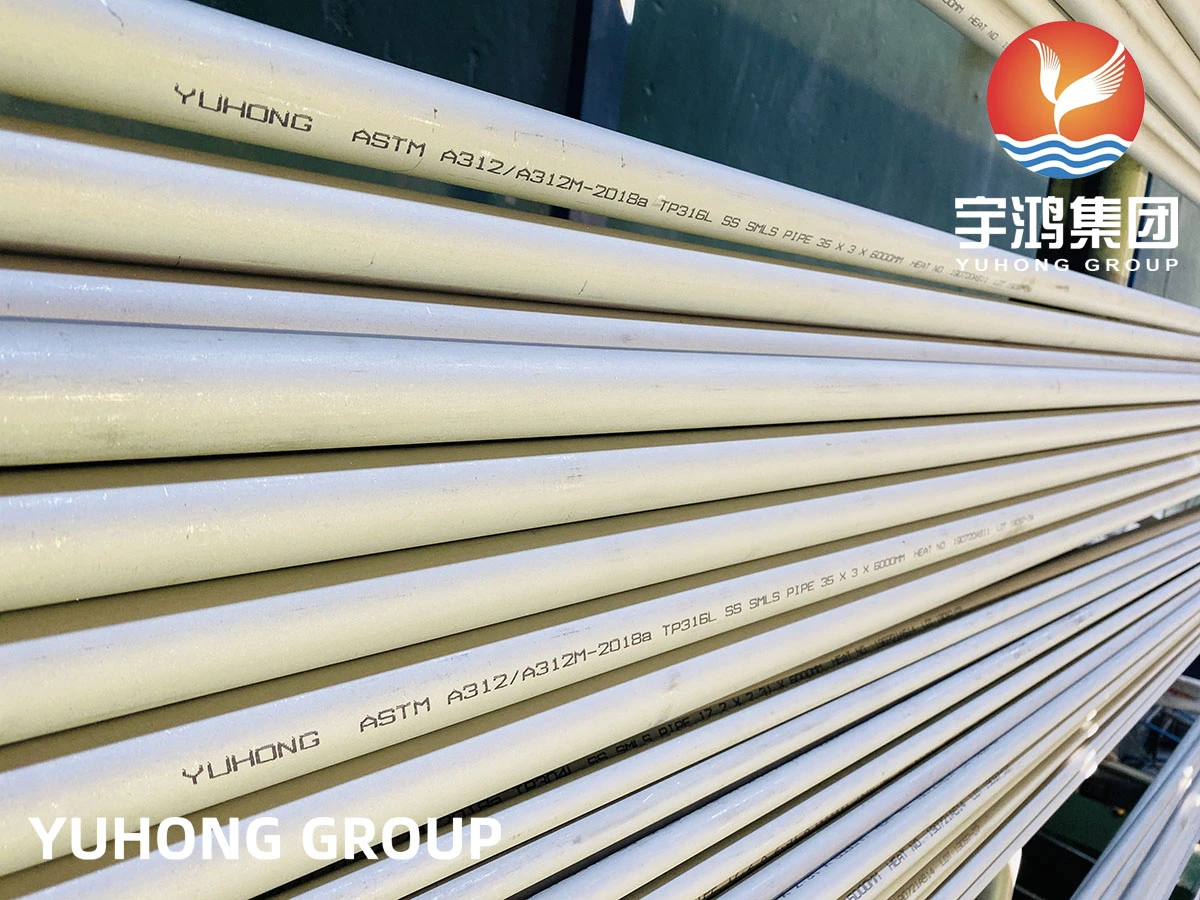
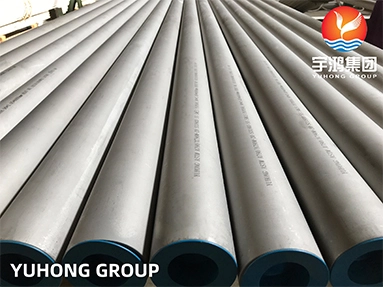
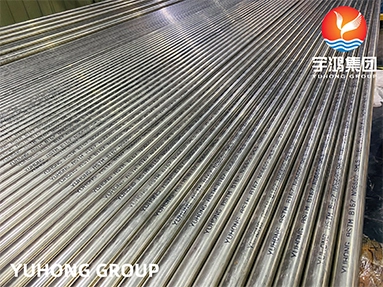
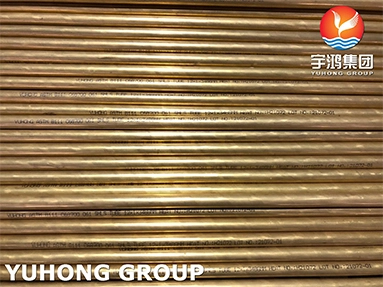
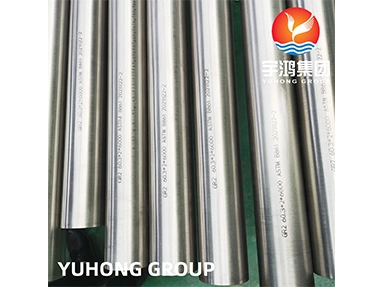
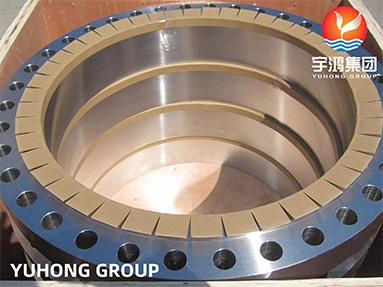
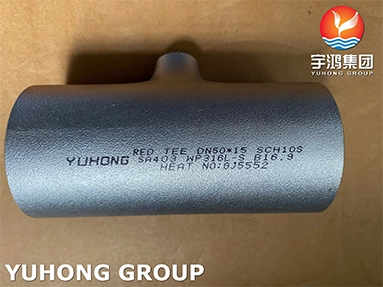
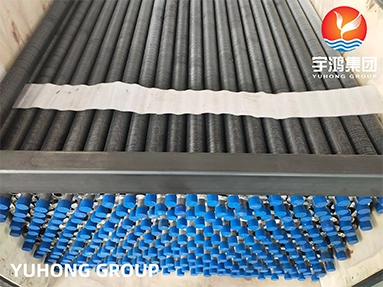
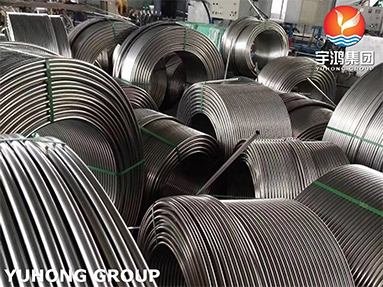


.jpg)
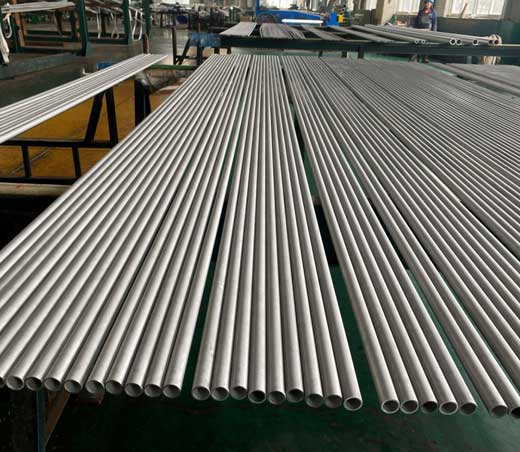
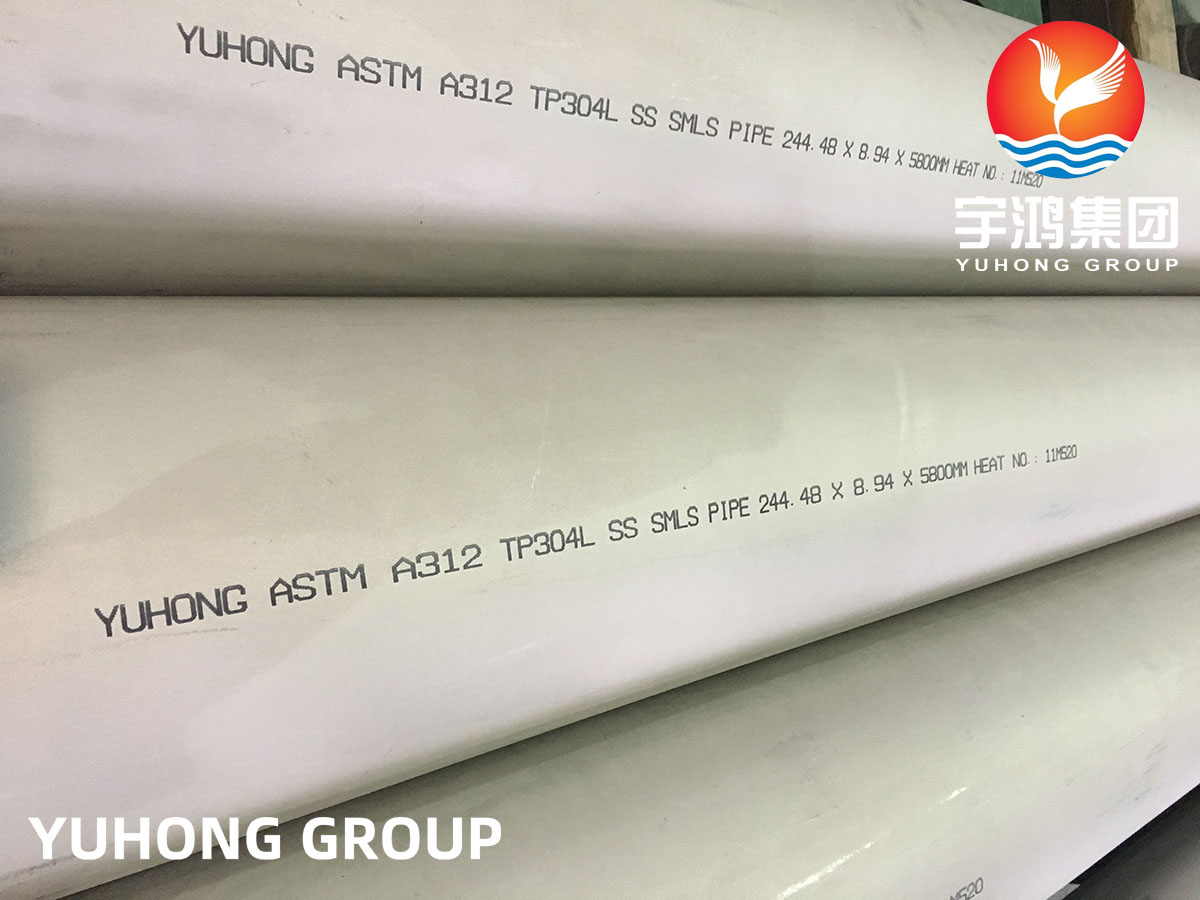
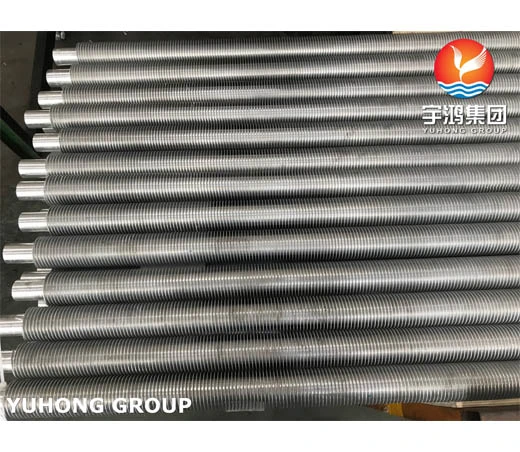
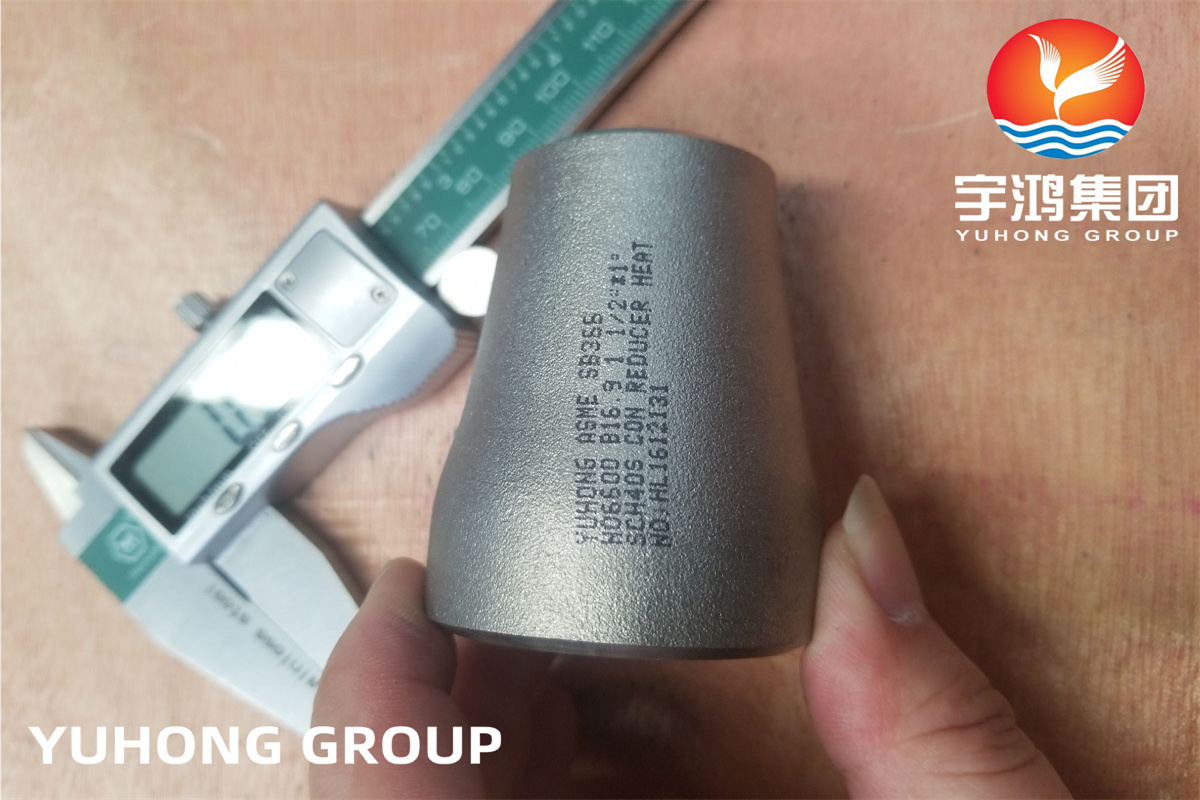
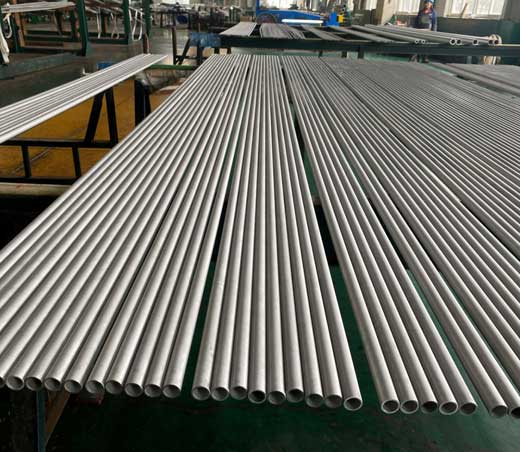
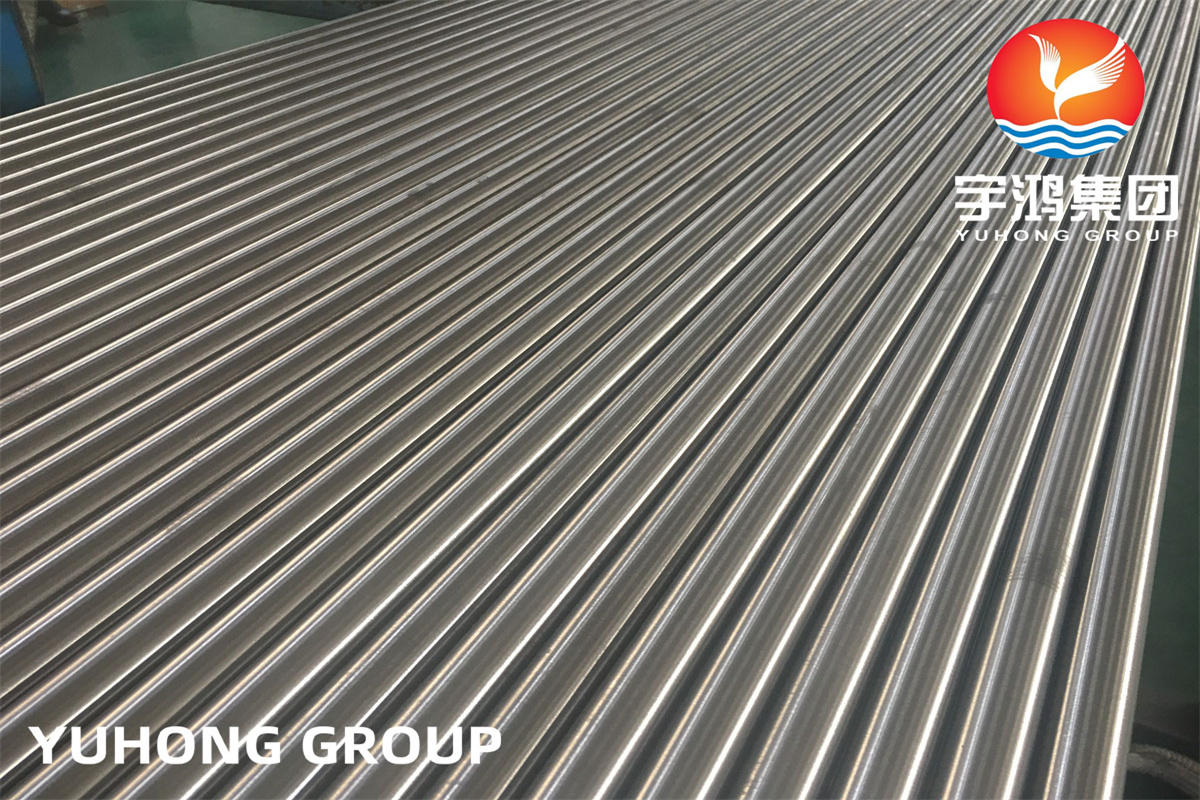
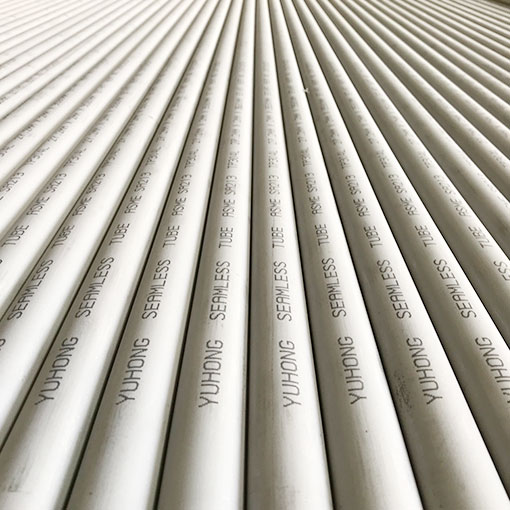
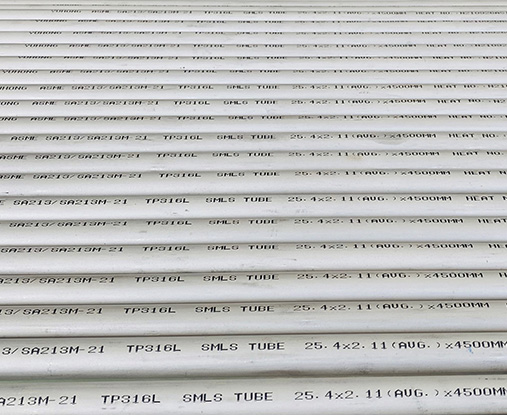
_副本.webp)
